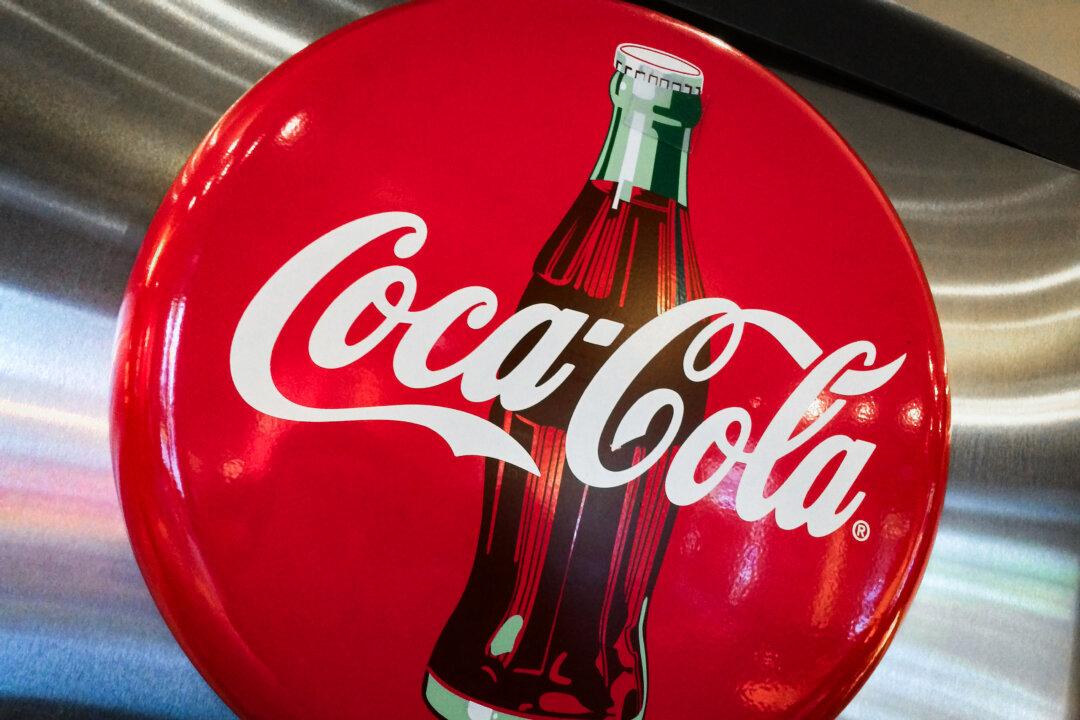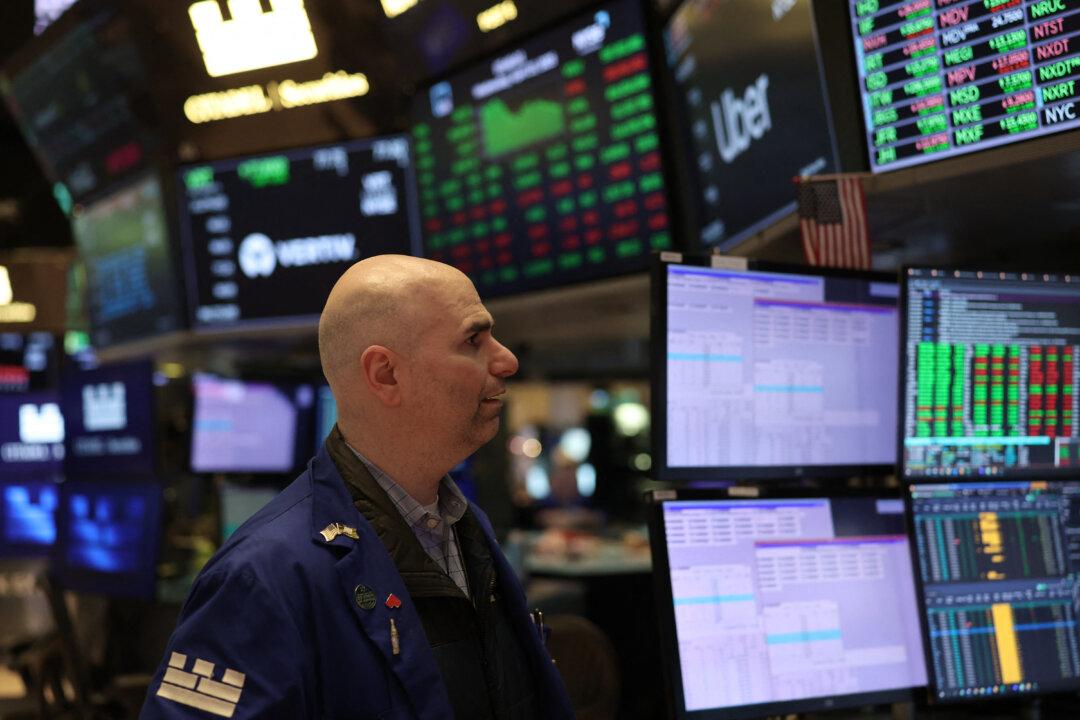Starbucks’ turnaround, driven by the “Back to Starbucks” plan, is beginning to yield results, but it remains a work in progress. The global coffee-shop chain has yet to revive momentum for the brand. Global comparable-store sales continued their decline in the second quarter of fiscal year 2025 (2QFY25), albeit at a slower pace, as pricing and competition remain challenges.
North American comparable store sales dropped by 1 percent, driven by a 4 percent decline in similar transactions, partially offset by a 3 percent increase in average ticket. U.S. comparable-store sales sank 2 percent, driven by a 4 percent decline in comparable transactions, partially offset by a 3 percent price hike in average ticket.
International comparable store sales edged up 2 percent, driven by a 3 percent increase in similar transactions, partially offset by a 1 percent decline in average ticket size. China’s comparable-store sales were flat, driven by a 4 percent increase in comparable transactions, offset by a 4 percent decline in average ticket size.
That’s an improvement from the fourth quarter of fiscal year 2024, when global comparable store sales declined by 7 percent, led by a 6 percent decline in North American sales.
Brian Niccol, the company’s new CEO, saw this improvement as a vote of confidence in his “Back to Starbucks” plan.
That’s a host of initiatives launched after he assumed the company’s helm to return Starbucks to its old roots of affordable luxury, a “third place” where people could share their favorite espresso drinks with friends and associates away from home and the office.
“Improving transaction comp in a tough consumer environment at our scale is a testament to the power of our brand and partners getting ‘Back to Starbucks.’ We are on track and if anything, I see more opportunity than I imagined,” Nicol said in a statement.
“While our financial results are far from Starbucks’ potential, we are working to build back a better business,” said CFO Cathy Smith. “We are developing new muscles to test, iterate, and scale quickly, in service of long-term, durable growth and strong returns on invested capital.”
Meanwhile, a close examination of the company’s comparable sales reveals that the two problems that have turned customers away from the iconic brand—pricing and competition—remain.
For instance, transactions in North America dropped by 4 percent as the company raised prices by 3 percent.
In contrast, transactions in international markets rose by 3 percent, while prices declined by 1 percent.
This confirms that, after several price hikes in recent years, Starbucks has turned from an affordable to an unaffordable luxury, meaning its products are price-sensitive.
Starbucks’ product pricing and competition problem could worsen if consumer surveys that portray a gloomy outlook for consumer spending come true.
However, during the conference call following the earnings release, Niccol downplayed these concerns, highlighting the importance of the “third place experience” the company’s model offers to customers, emphasizing connection, speed, and quality.
“The company is focusing on providing a simple everyday luxury that remains appealing despite economic challenges,” he said. “Starbucks plans to leverage its innovation pipeline and adjust strategies based on customer feedback and market conditions.”
John Zolidis, president of Quo Vadis Capital and a long-time follower of Starbucks, is skeptical about Niccol’s contention about customer loyalty to the brand.
“It is hard to ignore that 2QFY25 North American transactions at same-stores fell 4 percent on top of a 7 percent decline in the prior year,” he told The Epoch Times via email.
“This suggests a level of customer disengagement that is broader and deeper than we previously believed. Furthermore, the limited commentary on the most recent trends suggests that things have not improved despite the changes made so far. Finally, increasing consumer anxiety is not helping. Coffee may be addictive, but money is finite.”







